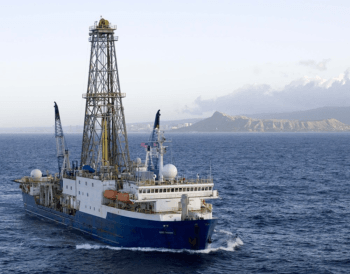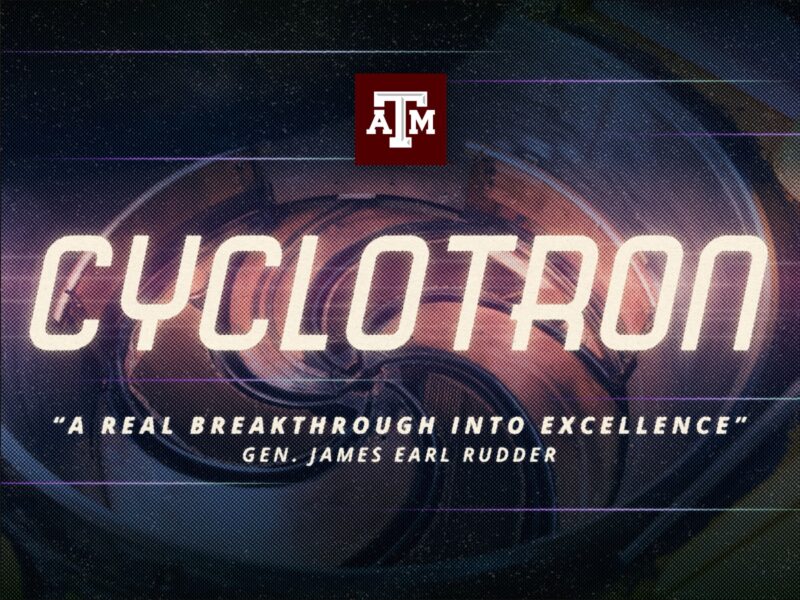Deep Impact: Ocean Drilling Program Leads The Way To New Worldwide Discoveries

In many ways, the road to exploration at Texas A&M University begins not on the Earth’s surface, but rather below it. The most extensive and comprehensive ocean drilling program ever conceived — the International Ocean Discovery Program, commonly called IODP — starts yet another long chapter in Aggieland on Oct. 1 when the new 5-year agreement to manage the drilling program and operate its research vessel, the JOIDES Resolution begins yet another new research chapter for the university.
The scope of the project and contract with the National Science Foundation is huge — as high as $250 million, with international partners contributing another $87.5 million, subject to availability of funds and cooperative scientific priorities.
Phrased another way, during the 31-year period that Texas A&M has served as science operator for the program, it has received funding in excess of $1.5 billion, with much of it spent in Texas (IODP headquarters are located in the Texas A&M Research Park).
It’s believed that of federally funded programs that have successfully been carried out in Texas, only the Johnson Space Center in Houston has received more financial support than IODP.
The NSF has a long history with ocean drilling projects.
In the 1960s, the Deep Sea Drilling Project provided a test of the plate tectonic hypothesis and a basic reconnaissance of deep-sea sediments and crustal rocks. In 1983, Texas A&M became science operator for the Ocean Drilling Program, which focused on examination of Earth, ocean and climate processes. Then in 2003, the Integrated Ocean Drilling Program began and has served as an expanded program of scientific ocean drilling.
By any measure, the IODP and the Resolution have been a big success story. Says Brad Clement, science services director of IODP who manages many of its operations, “JOIDES Resolution is a unique facility that allows dedicated scientists from around the world to access our planet’s secrets that are buried beneath the seafloor. Our continued operations will ensure that knowledge of Earth’s processes will continue to grow and serve as an invaluable resource for future generations.”
Kate Miller, dean of Texas A&M’s College of Geosciences, echoes those sentiments, adding, “We are very proud to lead scientific ocean drilling for the international community. It is gratifying that the NSF so clearly recognizes the dedication and extraordinary technical expertise of our IODP staff members and their role in making many of the most important scientific discoveries about the ocean floor over the last 30 years a reality.”
NSF expects to support about four JOIDES (which stands for Joint Oceanographic Institutions for Deep Earth Sampling) Resolution expeditions per year under the cooperative agreement. In addition to worldwide operations being coordinated at Texas A&M, the IODP Gulf Coast Core Repository includes one of the largest ocean core sample collections in the world.
The cores, taken from beneath ocean floors around the world, attract hundreds of scientists from throughout the world to the Texas A&M campus to take samples and measurements for a wide variety of research topics.
The International Ocean Discovery Program and its predecessors have led scientific ocean drilling worldwide since 1968. Currently, IODP has 28 international partners, with Brazil and Israel joining as its newest members.
Recent JOIDES research trips have been to the Gulf of Alaska, the Japan Sea, the South China Sea, and the Phillipine Sea south of Japan.
Media contact: Keith Randall, Texas A&M News & Information Services.





